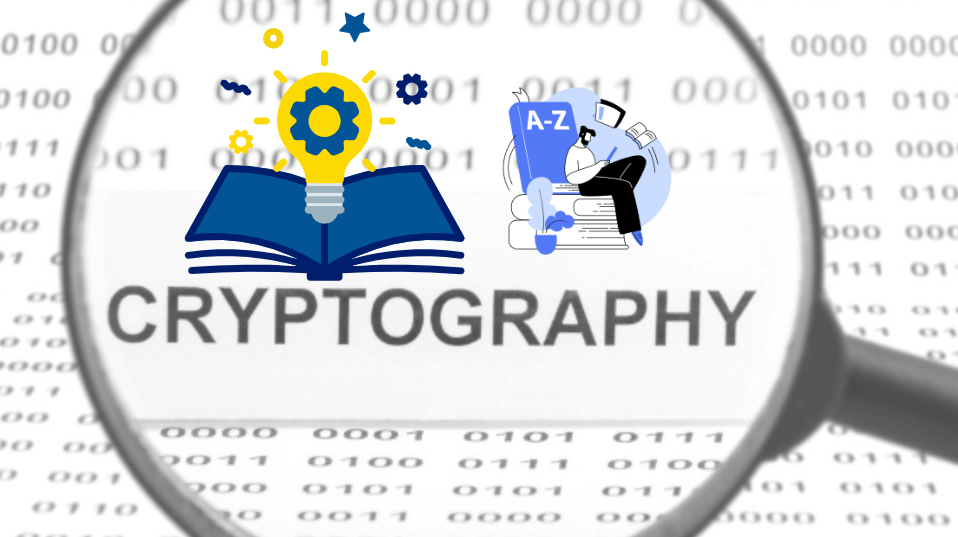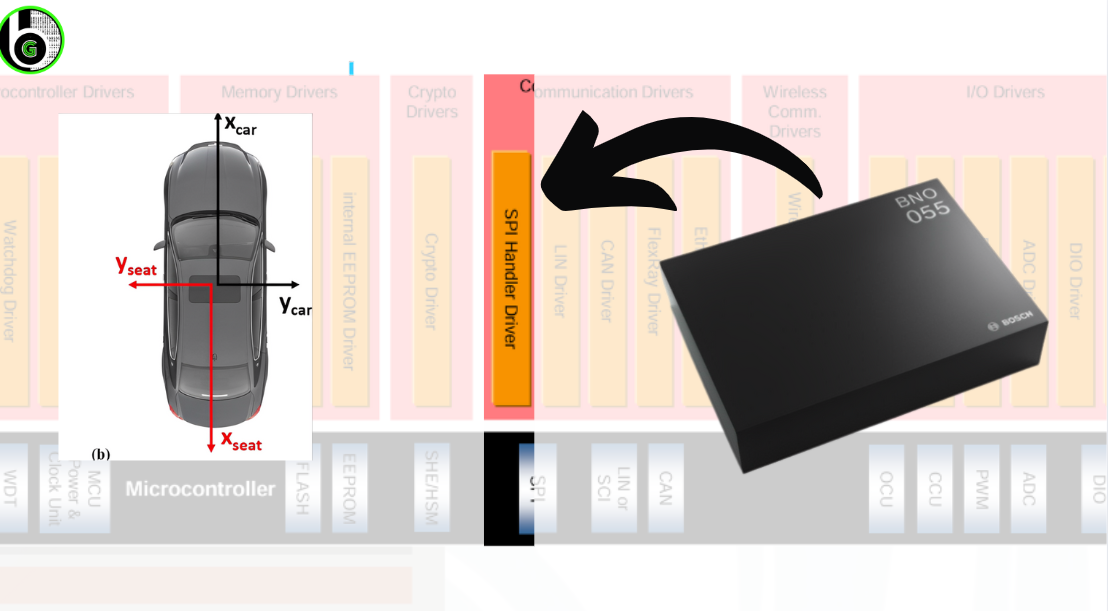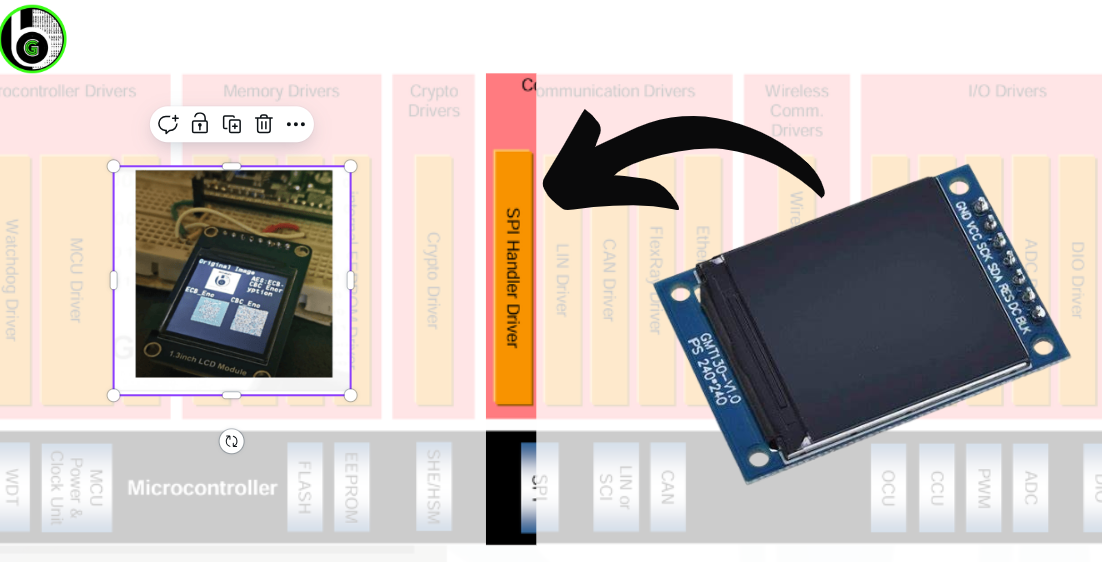GET IN TOUCH Contact us Got something on your mind? We’re all ears! Whether you have burning questions, awesome ideas,
GET IN TOUCH Contact us Got something on your mind? We’re all ears! Whether you have burning questions, awesome ideas,
GET IN TOUCH Contact us Got something on your mind? We’re all ears! Whether you have burning questions, awesome ideas,
GET IN TOUCH Contact us Got something on your mind? We’re all ears! Whether you have burning questions, awesome ideas,
GET IN TOUCH Contact us Got something on your mind? We’re all ears! Whether you have burning questions, awesome ideas,
Getting Started Dive into blogs on how to get started with AutoBoardV1. Hardware setup, IDE Software Installation and setup, familiarity
Getting Started Dive into blogs on how to get started with ElecronicsV2. Hardware setup, IDE Software Installation and setup, familiarity
ElecronicsV(S32K144 MCU) NXP S32K144 MCU based Development Board series named as “ElecronicsV”. Latest Board is ElecronicsV3 Board VehronicsV1(S32K148) We carry




